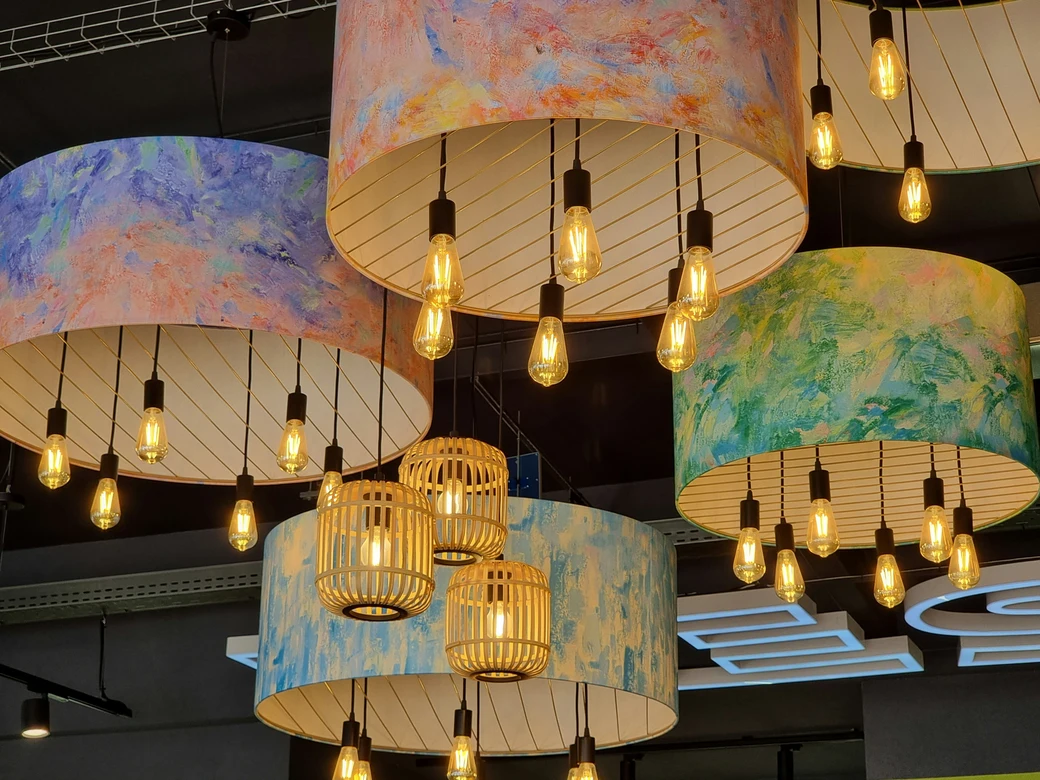Even top designers make mistakes—and many of them happen during living room design. From misjudging layout and lighting to rushing into trends, there are lessons every homeowner (and designer) learns the hard way.
This guide reveals what experienced interior designers wish they knew earlier, and how you can avoid the most common living room design regrets when creating your own space.

1. Skipping Function in Living Room Design
Designers often regret decorating based on aesthetics before understanding how the space will actually be used.
Your living room design should always start with purpose:
- Is this space for entertaining or relaxing?
- Will it serve multiple functions (e.g., home office or media zone)?
- Are you designing around kids, pets, or high-traffic use?
Function informs layout, furniture scale, and material choice—long before you pick colors or decor.
2. Neglecting Room Scale and Proportions
One of the most common living room design mistakes is ignoring the scale of furniture and architectural elements.
Measure before you buy:
- Wall dimensions and ceiling height,
- Rug and furniture footprint sizes,
- Spacing between key pieces (e.g. coffee table to sofa),
- Window and outlet locations.
Oversized or undersized pieces can throw off the balance of even the most stylish layout.
3. Treating Lighting as an Afterthought
Interior designers often wish they had planned lighting earlier in the living room design process. Without layered lighting, even beautiful rooms can feel flat or uncomfortable.
Smart lighting strategy includes:
- Ambient lighting for overall brightness,
- Task lighting for specific zones,
- Accent lighting to create mood and depth.
Good lighting makes your design feel intentional and livable—day and night.
4. Pushing All Furniture Against the Walls
In small or awkwardly shaped spaces, it may seem like wall-to-wall furniture placement “opens up” the room. But this often leads to disconnected zones and wasted space.
Instead, smart living room design includes:
- Floating the seating area away from walls,
- Using rugs to anchor zones,
- Balancing heavy and light furniture visually,
- Creating walkways around the seating plan.
The goal is flow—not just open floor space.
5. Choosing Paint Before Anything Else
Paint seems like the easiest place to start—but most pros advise choosing it after major elements like rugs, furniture, and lighting.
To align color with your living room design:
- Test large paint swatches in multiple lighting conditions,
- Compare tones with your chosen fabrics or flooring,
- Use warm neutrals or soft hues as a backdrop for flexibility.
Let the room guide your color, not the other way around.
6. Buying Everything at Once
Trying to complete a room overnight often leads to buying things that don’t quite fit. Designers recommend taking a slow-build approach to living room design.
Instead:
- Start with core pieces like the sofa and lighting,
- Add character with collected items over time,
- Invest in quality where it matters (like the coffee table),
- Save on trend-driven accessories.
Thoughtful design evolves—it isn’t rushed.
7. Forgetting to Add Personality
Rooms that follow trends too closely can feel soulless. A well-done living room design reflects your personal story, not just what’s trending on Pinterest.
Ways to personalize:
- Include books, family photos, or art you love,
- Mix vintage and new items for contrast,
- Use color, pattern, or materials that reflect your style,
- Let imperfections and asymmetry create realism.
Interior design is most powerful when it feels lived-in and authentic.
Final Thoughts
Whether you’re starting from scratch or updating a tired layout, these are the living room design lessons pros often learn the hard way. By prioritizing function, scale, lighting, and personal expression, you can avoid costly mistakes and create a space that actually works—and feels like home.
Your living room isn’t just a showpiece—it’s where life happens. Design accordingly.
Ready to elevate your living room design—without costly mistakes?
Start your journey with expert-backed tips on Designs24hr. Explore our Living Spaces category for real-world advice on layouts, lighting, and functional design choices that bring lasting comfort and personal style to your home.







